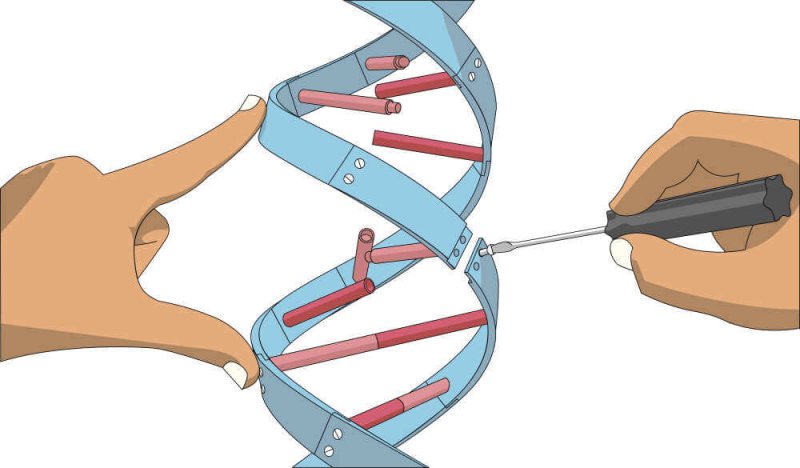You wouldn’t know it from the excitement generated by the revolutionary genome editing method known as CRISPR, but as practiced now, it is far from perfect. Its standard components can find and cut DNA in only a limited fraction of the genome, and its molecular scissors are wobbly, leading to “off-target” mutations. Many groups are trying to do better, and now, a team led by chemist David Liu at Harvard University has engineered a version of CRISPR that potentially is both more dexterous and more precise.
…
The new work, reported online in the 28 February issue of Nature, modifies the Cas9 enzyme, creating at least four times as many potential docking sites. In theory, this could allow researchers to, say, cripple or replace many parts of genes associated with human disease that CRISPR currently cannot touch.
Liu’s lab began by engineering a large variety of slightly altered spCas9s. The group then selected for ones that could use a broader range of the 64 possible, three-base landing pads—technically referred to as protospacer adjacent motifs, or PAMs. They’ve dubbed their new enzymes xCas9s, and the best one works with NGN, a sequence that occurs in one-fourth of the genome.
…
“I’m not 100% sure xCas9 is going to be flat out better than spCas9,” Liu says. “I want everyone to test it because I want to know the answer.”
Read full, original post: Upgrade makes genome editor CRISPR more muscular, precise































